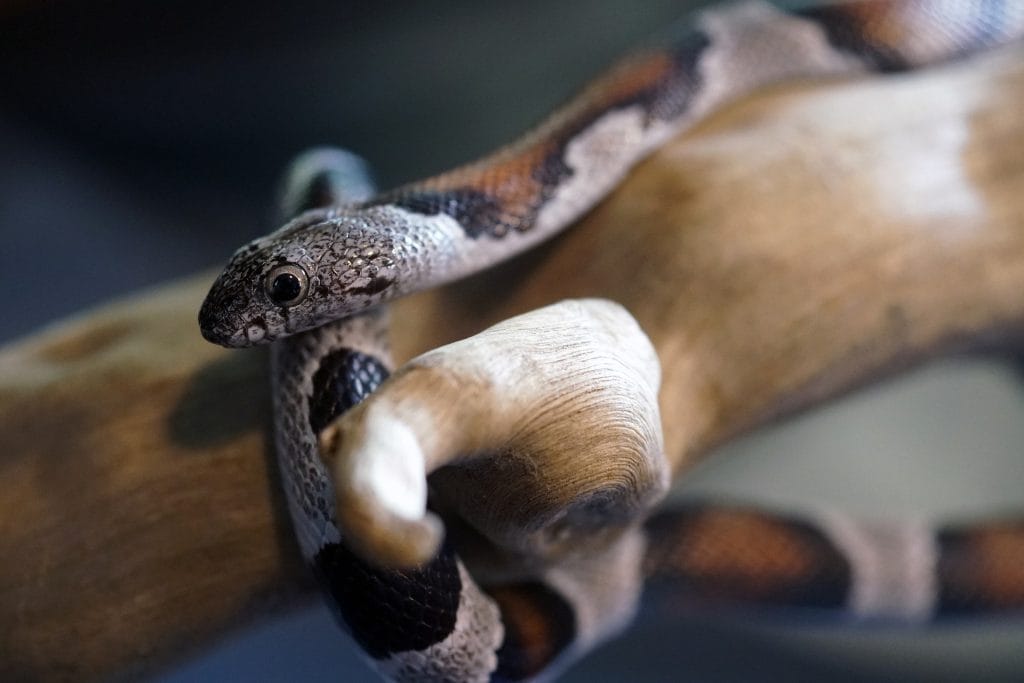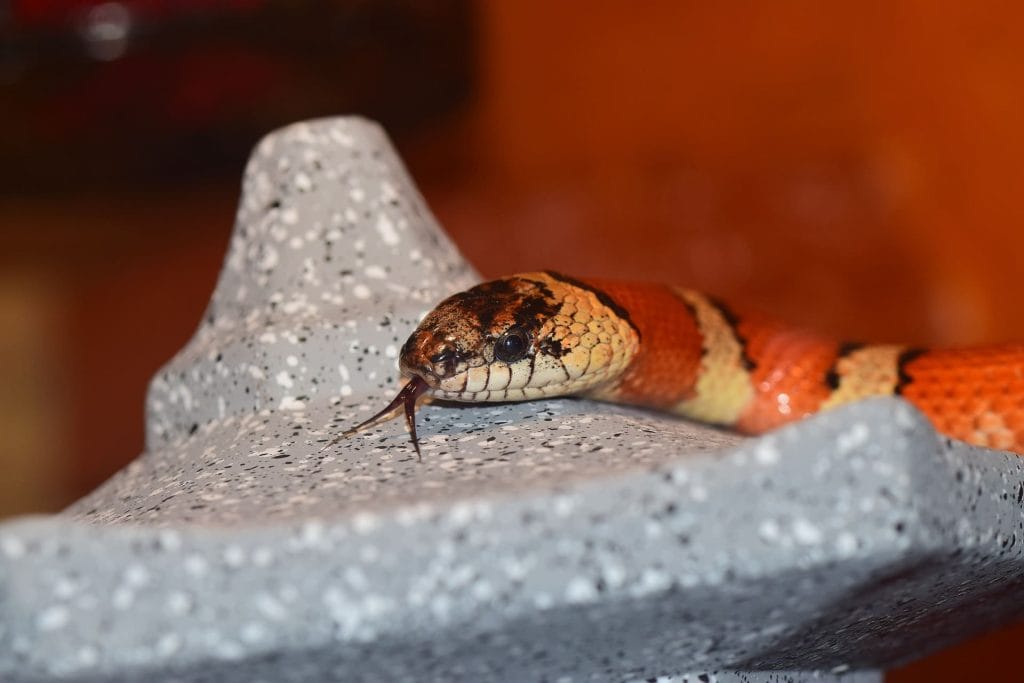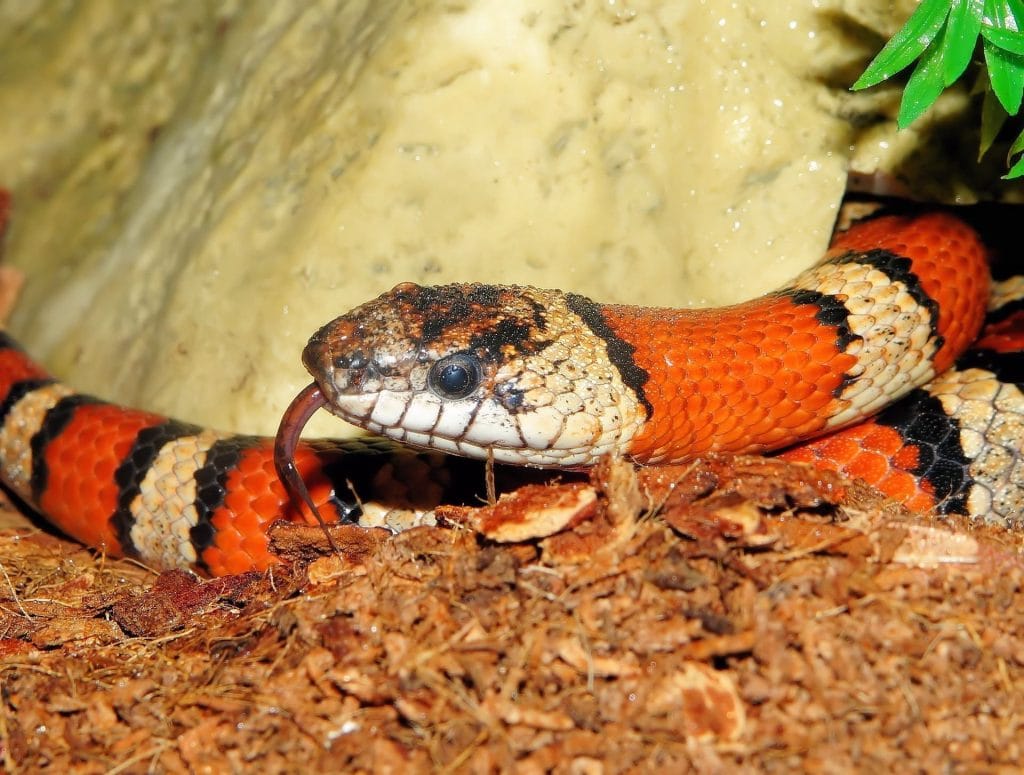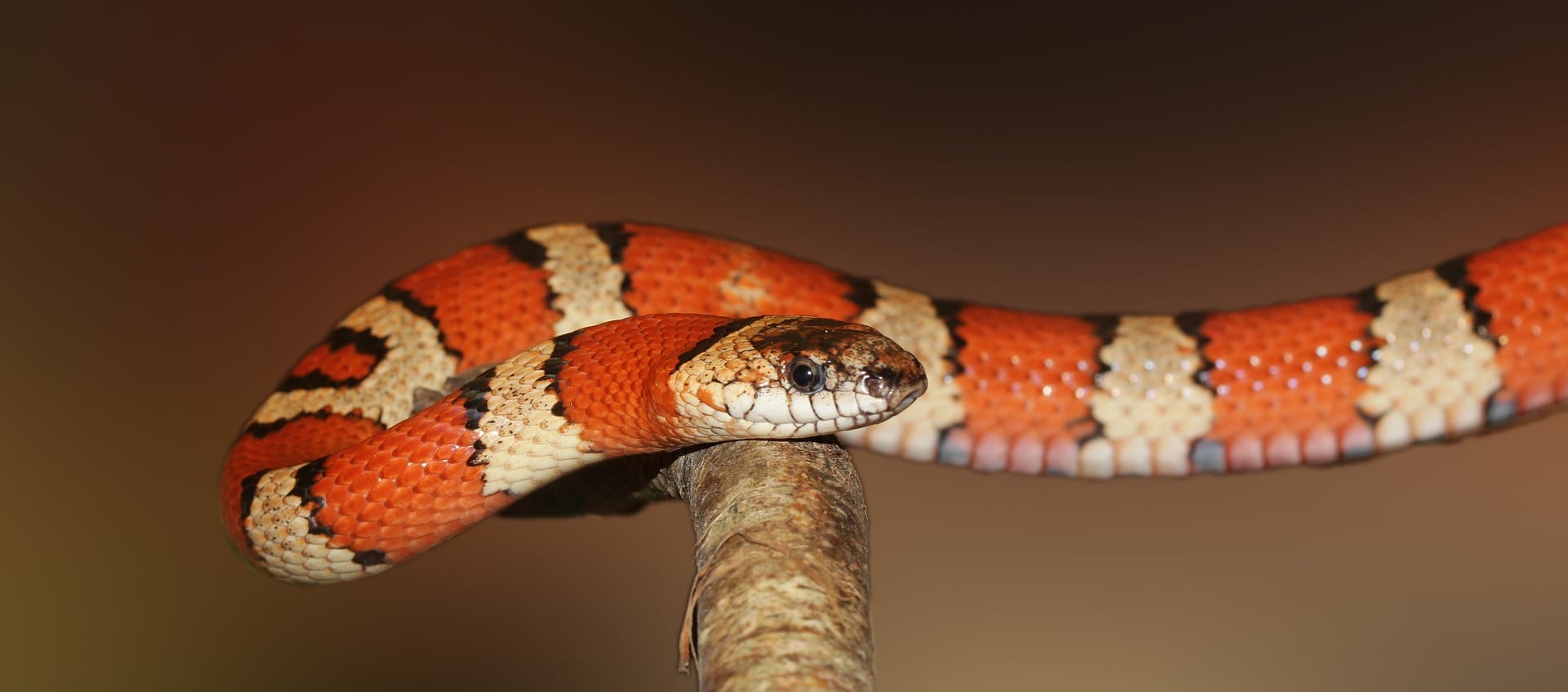When it comes to creating the perfect home for your kingsnake, choosing the right enclosure size is crucial. Ensuring that your snake has enough space to grow and explore is fundamental to its health and happiness. In this article, we’ll explore the ideal kingsnake enclosure size at different stages of life—from hatchlings to adults. Whether you’re a new snake owner or an experienced herpetologist, knowing the needs of your kingsnake at each stage will help you create the most comfortable and secure environment for your slithering friend. Let’s dive into the world of kingsnake care and discover the best practices for providing an optimal enclosure size!
Hatchling Kingsnakes: Choosing the Perfect Kingsnake Enclosure Size

Caring for kingsnake hatchlings starts with selecting an appropriately sized enclosure that ensures their safety and comfort. For these tiny, curious creatures, a 10-gallon tank is often ideal. This kingsnake enclosure size allows hatchlings to explore and move around without being overwhelmed by too much space. A smaller environment helps them feel more secure, reducing stress and encouraging healthy growth.
When setting up your hatchling’s new home, remember to include essential elements like hiding spots, a shallow water dish, and a secure lid to prevent any adventurous escapes. Young kingsnakes are naturally inclined to burrow and hide, which is a part of their behavior in the wild. Maintaining proper temperature and humidity levels is also crucial for their well-being. Aim for a temperature between 75°F to 80°F, with a humidity level of around 50%. Fun fact: Kingsnakes are known for their impressive constricting abilities, and they often mimic the colors of venomous snakes as a defense mechanism.
By offering the right kingsnake enclosure size, you’re setting the foundation for a happy and healthy life as they transition to the next stage. It’s fascinating to note that kingsnakes can be quite social; they often tolerate cohabitation with others of their kind for a limited time. However, it’s best to house them individually to avoid stress or competition for resources.
Juvenile Kingsnakes: Optimizing Kingsnake Enclosure Size

As your kingsnake matures from a hatchling into a juvenile, it’s time to upgrade their living space to meet their growing needs. For juvenile kingsnakes, a 20-gallon tank is often recommended as an ideal kingsnake enclosure size. This ensures they have ample room to stretch out, explore, and practice their natural behaviors.
In a juvenile kingsnake enclosure, it’s important to provide plenty of enrichment items, such as branches for climbing and hides for security. These additions not only enhance their environment but also stimulate their natural instincts. Kingsnakes are climbers, and they enjoy the challenge of navigating their space.
As always, ensure the enclosure is securely covered, maintaining appropriate temperature and humidity levels. Consider using a heat mat underneath one side of the tank to provide a basking spot while leaving the opposite side cooler. A humidity level between 40% to 60% will help your juvenile thrive. Did you know? Kingsnakes can live for over 20 years in captivity with the right care, making them wonderful long-term companions!
By selecting the right kingsnake enclosure size, you’re promoting a healthy growth environment and preparing your kingsnake for its transition to adulthood. As they grow, you may notice changes in their behavior—such as increased curiosity or exploration. It’s a great idea to spend time observing their habits; this will help you spot any health issues early on.
Adult Kingsnakes: The Ultimate Kingsnake Enclosure Size

Once your kingsnake reaches adulthood, it’s crucial to provide a spacious and stimulating environment. For adult kingsnakes, a tank that is at least 40 gallons is typically recommended as an ideal kingsnake enclosure size. Larger spaces allow them to exhibit more natural behavior and roam freely.
When setting up an adult kingsnake enclosure, continue incorporating features like hiding spots, branches, and secure climbing structures to keep your snake active and engaged. A versatile setup may include logs, plants, and various substrates to encourage digging and exploration.
Proper temperature gradients and humidity are essential as well, catering to the snake’s physiological needs. Utilize a thermometer and hygrometer to monitor conditions, targeting a temperature range of 75°F to 85°F, while keeping humidity around 40% to 50% for adults. As an interesting tidbit, kingsnakes are known for their ability to keep the populations of rodent pests in check, so they play a vital role in controlling ecosystems!
By choosing an appropriate kingsnake enclosure size for adults, you ensure a space that supports both their physical health and mental stimulation. Adult kingsnakes are known for their striking colors and patterns, making them a stunning centerpiece in any room.
For more ideas on great setups, check out our article on the 5 Best Kingsnake Enclosures to find the perfect home for your scaly companion.
Kingsnake Care Tips: Ensuring a Healthy Habitat
Providing the right kingsnake enclosure size is just the beginning of nurturing a happy and healthy kingsnake. Here are some essential tips to keep your snake thriving:
- Temperature and Humidity: Maintain a temperature gradient, with a warm side (around 85°F) and a cooler side (around 75°F). Ensure the humidity is between 40-60% to replicate their natural habitat. Regular monitoring will help you catch any fluctuations before they affect your snake.
- Substrate Selection: Use safe substrates like aspen shavings or coconut husk. Avoid cedar or pine, which can be harmful to your snake. Consider changing the substrate regularly to prevent mold and bacteria build-up.
- Regular Feeding: Feed appropriately sized prey once a week. Juveniles may need more frequent feeding compared to adults. Monitor their eating habits, as changes can indicate health issues.
- Clean Environment: Regularly clean and disinfect the enclosure, removing waste and uneaten food to prevent bacterial growth. A clean environment not only looks good but helps prevent illnesses.
- Handling and Interaction: Handle your snake gently and regularly to build trust and reduce stress. Always wash your hands before and after handling. Be mindful of their mood; if they seem stressed or defensive, give them space.
- Hiding Spots: Provide multiple hiding spots to make your snake feel secure and reduce stress levels. You can create these by using commercially available hides or natural items like driftwood.
- Monitor Health: Keep an eye out for signs of illness, such as changes in eating habits or appearance, and consult a vet if needed. It’s important to build a relationship with a veterinarian who is experienced with reptiles for the best care.
Quick Overview: Perfecting Your Kingsnake Enclosure Size
By following these tips and providing the correct kingsnake enclosure size, you’ll create a thriving environment that supports your snake’s well-being throughout its life stages. Remember, each snake has its own personality, so be patient and observe their unique behavior to create the best habitat possible!
For more ideas on great setups, check out our article on the 5 Best Kingsnake Enclosures to find the perfect home for your scaly companion.
This comprehensive guide covers the essential elements of creating the perfect king snake enclosure size for each life stage of your pet—from hatchlings to adults. Starting with the basics for hatchlings in a 10-gallon tank, the guide progresses through to juveniles needing 20-gallon enclosures, and finally to adults thriving in 40-gallon setups. Each section provides detailed recommendations for temperature, humidity, and enrichment needs. Additional insights include fun facts about king snakes and practical care tips, such as substrate choice and health monitoring, ensuring you provide a healthy and stimulating environment for your slithering companion.
For more ideas on great setups, check out our article on the 5 Best Kingsnake Enclosures to find the perfect home for your scaly companion!

Leave a Reply
You must be logged in to post a comment.